
The scissortail rasbora is a freshwater fish of the rasbora family commonly found in the rivers of Southeast Asian countries.
This fish is native to the Mekong River Basin, bordered by Cambodia, Laos, and Thailand.
The scissortail rasbora is also known as the three-lined rasbora due to its prominent line-markings.
Scissortail rasboras are easily bred in captivity and are easy to care for, making them popular among aquarists.
TABLE OF CONTENTS
Scissortail Rasbora Facts & Overview
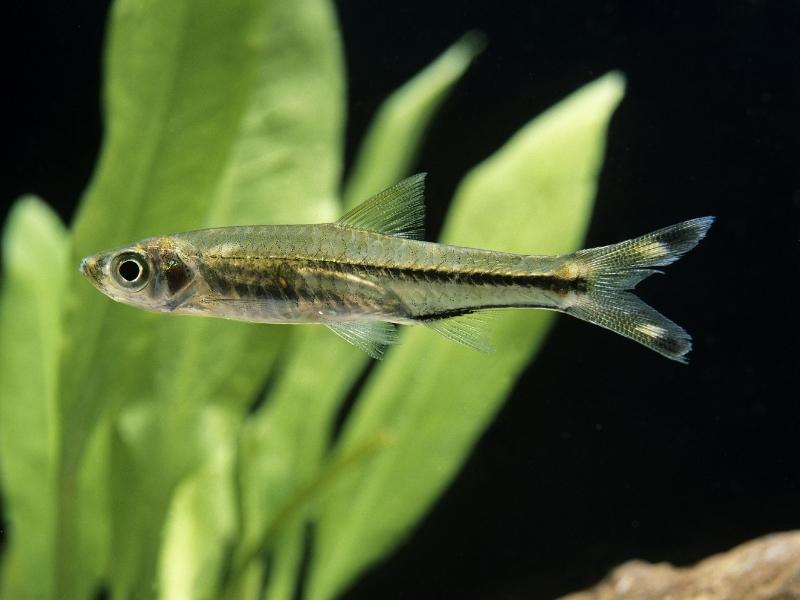
| Scientific name: | Rasbora trilineata |
| Common names | scissortail rasbora, three-lined rasbora |
| Distribution: | Cambodia, Laos, Thailand, Borneo, Sumatra |
| Size: | 3.5 inches |
| Life expectancy: | 4–7 years |
| Color: | Silver with shades of white, or gold with black markings |
| Diet: | Omnivore |
| Temperament: | Passive |
| Minimum tank size: | 20 gallons |
| Temperature: | 73–78°F (23–25°C) |
| pH: | 6.6–7.0 |
| Hardness: | 2–12 dGH |
| Care level: | Easy |
| Breeding: | Egg scatterers |
Origin
The scissortail rasbora thrives in tropical environments and slow-moving water, such as the rivers of the Southeast Asian countries Cambodia, Laos, and Thailand, as well as on the islands of Borneo and Sumatra.
More recently, they have also been discovered in the waters of neighboring countries such as the Philippines and Singapore.
The scissortail rasbora has been successfully bred in captivity and has somehow managed to escape into the local waters of other countries, such as the Magdalena Watershed in Colombia.
In the US, the scissortail rasbora is only bred in captivity, with no record of being seen in the wild.
Scissortail rasboras are easy to care for, so they are popular among aquarists and fish enthusiasts.
Adult Size & Lifespan
Scissortail rasboras are relatively small fish that grow up to 3.5 inches in length, with males being slightly smaller and more slender than females.
Female scissortail rasboras tend to have more rounded bellies when viewed from the top, compared to the males.
Other than these two slight differences, males and females have almost the same physical characteristics, making it difficult to tell them apart.
Scissortail rasboras are easy to care for and, with good care, can live up to seven years.
Availability
Scissortail rasboras are easy to find in the US since they are easily bred in captivity. These beautiful fish can be found in almost any pet shop, and they cost anywhere between $2 to $5.
Here are a few online pet stores that sell scissortail rasboras:
Appearance & Behavior
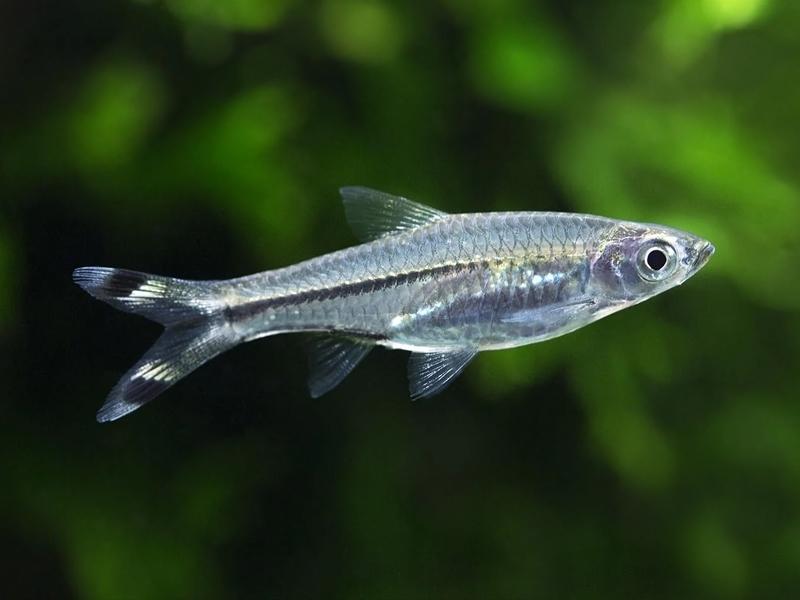
Scissortail rasboras are small, silver-colored fish that have very quiet and peaceful temperaments.
Colors, Patterns, Fins, and Sex Differences
The scissortail rasbora’s body is an iridescent silver color with a thin black line that runs horizontally along the middle of the body.
The caudal fin is forked and moves in an opening and closing motion akin to scissors, hence the name scissortail.
These caudal fins are marked with yellow, black, and white bands in succession, from which the fish’s other name — three-lined rasbora — is derived.
During spawning season, the color of the male scissortail rasbora tends to intensify. Scissortail rasboras can grow up to a full length of 6 inches, with the males being slightly smaller and more slender than their female counterparts.
Unlike males, female scissortail rasboras show a slight bulge along the mid area when viewed from the top.
Aside from these slight differences, all other physical characteristics are the same in male and female scissortail rasboras.
Typical Behavior
Scissortail rasboras are fast swimmers that usually like to swim at the top of the tank. They also like to swim in and out of aquarium decorations, such as tall aquatic plants and driftwood.
They are peaceful and passive fish that are best raised in groups of at least six. Scissortail rasboras easily get along with other types of fish.
Some noteworthy tank mates are tetras, gouramis, and danios. Bottom dwellers like corys are also recommended.
Scissortail rasboras are easily startled. When they do get startled, they have a tendency to jump out of the water, so scissortail rasboras are best kept in covered aquariums in quiet settings.
Scissortail Rasbora Care & Tank Requirements

Caring for scissortail rasboras is easy. These fish are omnivores that can feed on almost anything, and they don’t require particularly large tanks.
However, keep a few details of the scissortail rasbora’s natural habitat in mind when creating a tank setup.
Habitat and Tank Requirements
In their natural habitats, scissortail rasboras are usually found in slow-moving waters such as rivers and streams. They can also be found in lakes and swamps with a lot of vegetation.
To simulate this natural habitat, keep scissortail rasboras in tanks with very low lighting.
Since scissortail rasboras are very active swimmers, keep them in a tank that is rectangular in shape to give them the swimming space they need.
The minimum tank size required for a scissortail rasbora is 20 gallons.
To simulate river beds where scissortail rasboras are normally found, use darker substrates, such as gravel or sand, to line the bottom of the tank.
Darker substrates also provide a good contrast to the scissortail rasbora, so the fish easily stands out in the tank.
Provide decor such as driftwood, rocks, and broken clay pots that can serve as hiding spots for the fish.
Aquarium plants like java fern and moneywort are also great to simulate the naturally thick vegetation common to areas where scissortail rasboras are found.
Tank Conditions
The scissortail rasbora’s tank water should meet the following conditions:
| Water type: | Hard, freshwater |
| Tank size: | Minimum 20 gallons |
| Water temperature: | 73–78°F (23–25°C) |
| Substrate: | Sand or gravel |
| Tank setup: | Plants, driftwood, broken clay pots to provide hiding places for the fish |
| Acidity: | 6.6–7.0 pH |
| Water hardness: | 2–12 dGH |
| Filter: | Needed in order to keep the water clean. The filter also provides a soft current that simulates the currents in streams and rivers — the fish’s natural habitat |
| Bubbler: | Not necessary if the tank already has a good filter |
Disease
Make sure that the fish tank is covered since the scissortail rasbora does have a tendency to jump out of water when startled.
Scissortail rasboras are sturdy fish that are not prone to disease as long as water conditions are met and the tank is kept clean.
However, one of the most common diseases to affect scissortail rasboras is fin and tail rot.
Fin and tail rot is a bacterial disease that results in loss of appetite and tail discoloration. At its worst, the disease may even lead to wearing off of part of the tail or fin.
The disease is usually caused by a poor diet or tank overcrowding. If your fish is affected by fin and tail rot, first check water temperature and pH level. Also, ensure that the tank is clean.
Your veterinarian may recommend antibiotics — such as doxycycline hyclate, amoxicillin, and ciprofloxacin — to treat the condition.
An unclean environment can also cause fungal infection in fish, which is characterized by slimy skin with gray and white patches.
If your fish is affected by a fungal infection, immediately increase tank water to 77°F and transfer infected fish to a separate tank.
Add one tablespoon of aquarium salt to the quarantine tank. Your veterinarian may recommend solutions made from malachite green, potassium permanganate, formalin, and povidone-iodine for treatment.
Tank Mates
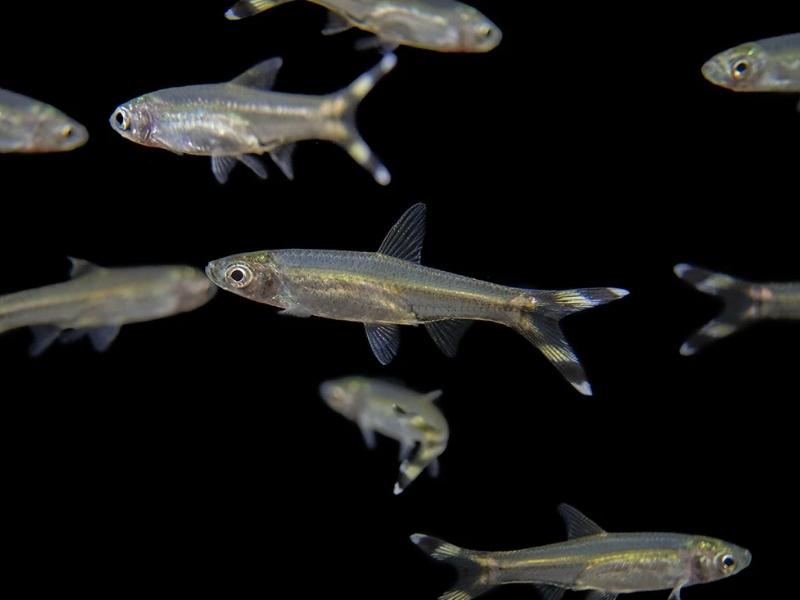
Scissortail rasboras are not aggressive and even avoid aggressive fish by quickly swimming away.
Almost any type of fish can be housed with scissortail rasboras. Highly recommended tank mates include the following:
- Any type of tetra fish
- Gouramis
- Danios
- Corys
Diet and Feeding
In the wild, scissortail rasboras feed on invertebrates like insects. In the aquarium, these fish can be fed with food (either dried or frozen) that is rich in protein, such as mosquito larvae and bloodworms.
They can also be fed with fish food flakes. Like most fish, scissortail rasboras needs a large variety of food to maintain good health and coloring.
These fish should only be given amounts that they can consume within three minutes. Feed three times a day, every day.
Breeding
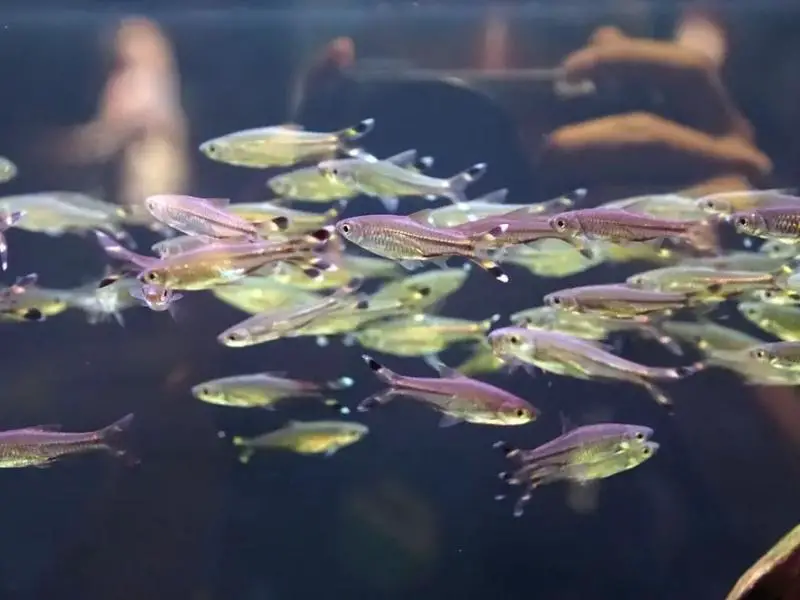
Scissortail rasboras are easy to breed since they are egg-scatterers, meaning they will deposit their eggs everywhere around the tank.
The eggs are left alone to hatch without needing much care or attention.
Breeding is best done in a separate breeding tank lined with a mesh mat that can easily catch the fish that are hatched.
An ideal size for a breeding tank is approximately 48 inches by 12 inches by 12 inches.
The breeding tank should be half-filled with water and contain a sponge-type filter. The following water conditions should be met in the breeding tank:
- pH: 6.0–6.5
- Temperature: 77–82°F(25–28°C)
When female scissortail rasboras are noticeably filled with eggs, they should be transferred to the breeding tank along with a few males.
To induce spawning, keep the breeding tank under dim lighting conditions and add cool water every hour so that the temperature is kept at 77°F.
Also, feed the fish with live or fresh food during this period. Wait until the eggs have been laid, and then immediately remove the fish from the breeding tank and return them back to the original tank.
In the meantime, make sure to keep the breeding tank clean. Add an antifungal treatment since these eggs are quite prone to fungal infection. Continue to keep the breeding tank under dim lighting.
The eggs are expected to hatch within a span of 24 hours. The fry start to swim after two days, at which point they should be fed fresh food like brine shrimp and fry food.
Should You Get a Scissortail Rasbora for Your Aquarium?
Scissortail rasboras are highly recommended as starting fish for beginner aquarists. Essentially, these fish are easy to care for and require only simple tank setups. Care revolves around basic feeding and tank cleaning.
With proper care, scissortail rasboras can provide years of pleasure in any home they are welcomed into.

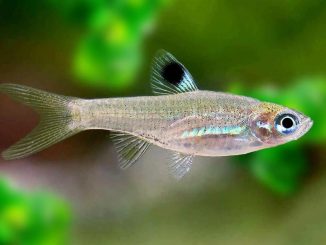
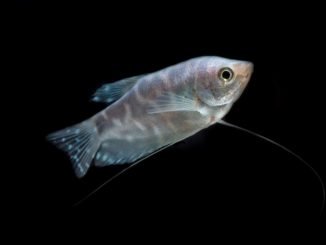
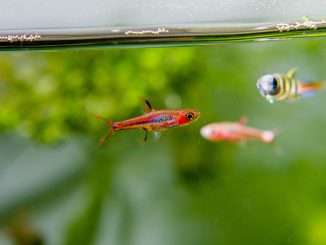
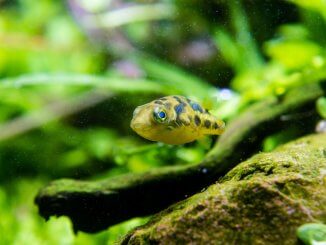
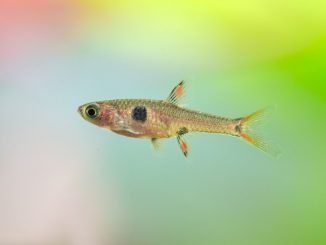
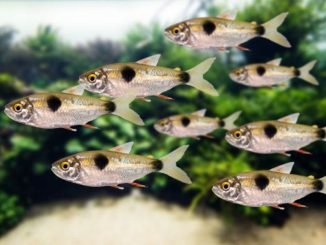
Be the first to comment